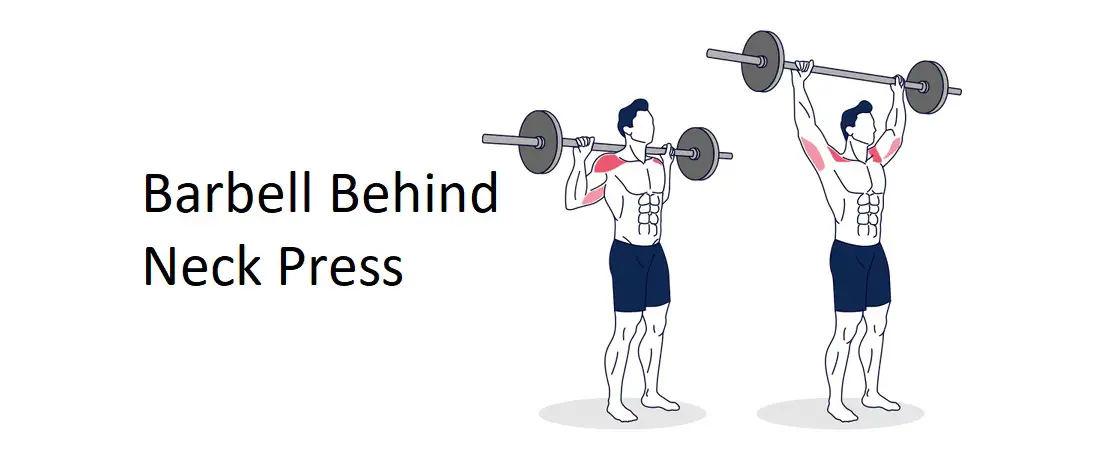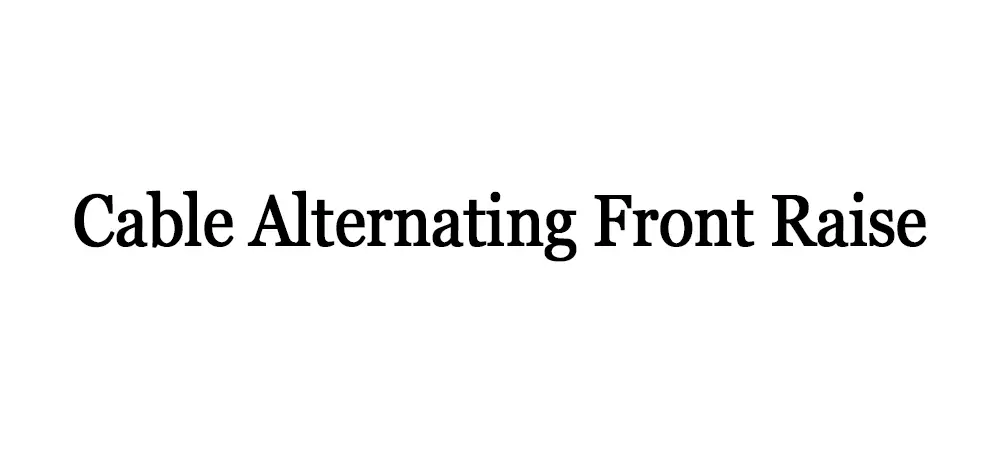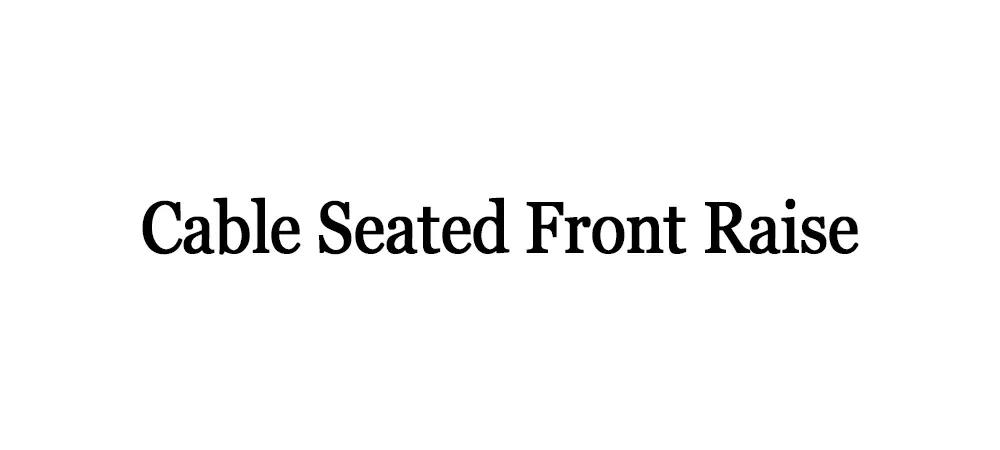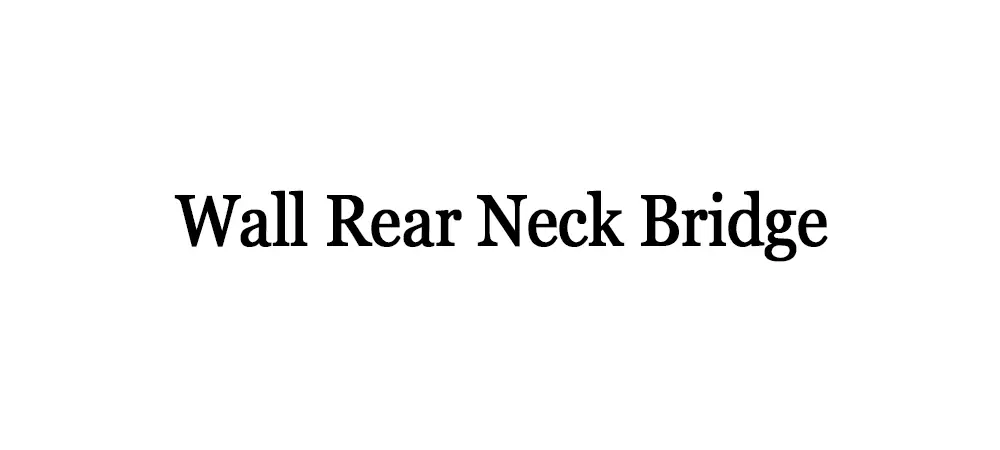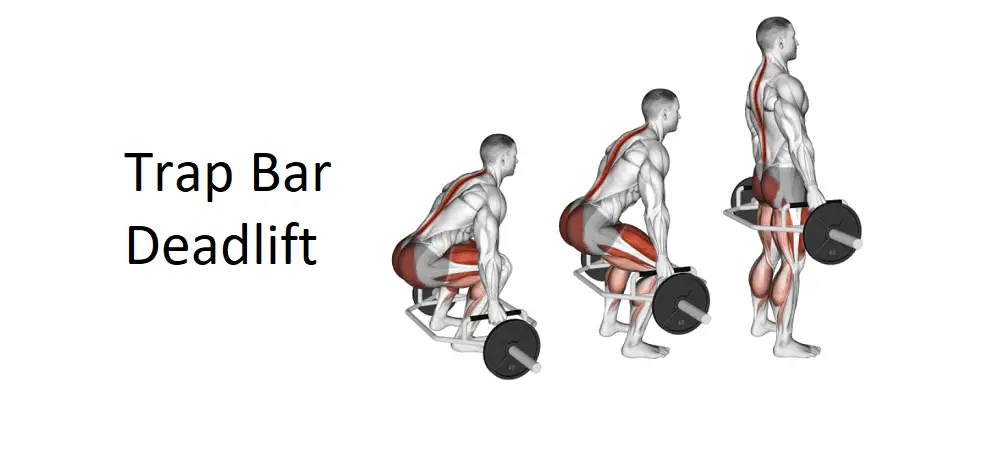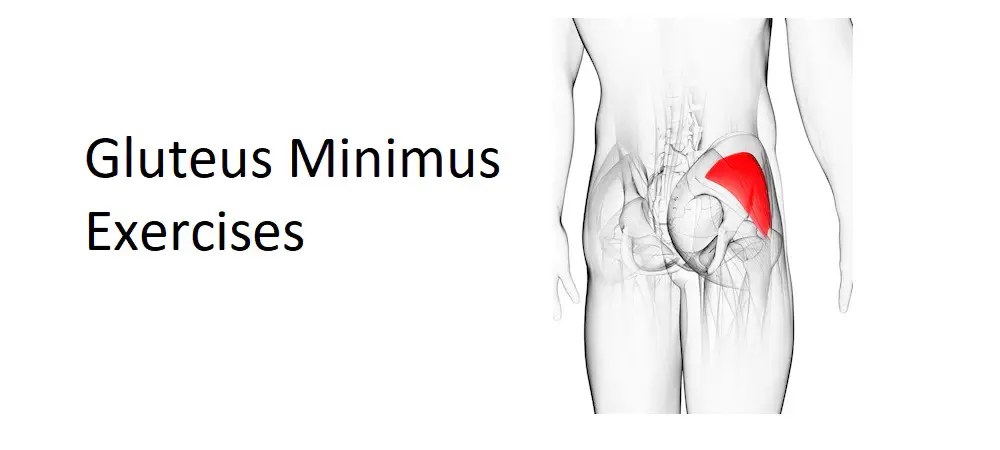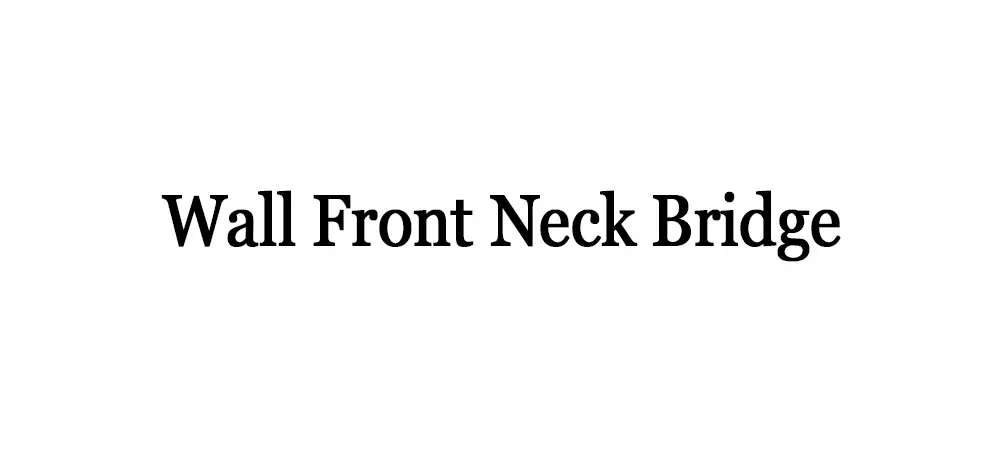The Barbell Behind Neck Press is a classic shoulder exercise that targets the deltoid muscles while also engaging the triceps and upper back. In this comprehensive guide, we’ll explore the correct technique, benefits, alternatives, and other essential details associated with the Barbell Behind Neck Press.
Instructions
Setup:
- Positioning: Stand with your feet shoulder-width apart, keeping your back straight and core engaged. Grasp the barbell with an overhand grip, hands slightly wider than shoulder-width apart.
- Rack Position: Lift the barbell off the rack and position it behind your head, resting on your upper traps. Keep your elbows pointing forward and wrists straight.
Execution:
- Pressing Motion: Exhale as you press the barbell upward until your arms are fully extended overhead. Keep your core tight and avoid arching your back.
- Lowering Motion: Inhale as you lower the barbell back down to the starting position behind your neck, maintaining control throughout the movement.
- Repeat: Perform the desired number of repetitions with proper form and control.
Tips:
- Avoid locking out your elbows at the top of the movement to keep tension on the muscles.
- Keep your head neutral and avoid straining your neck by allowing the barbell to move smoothly.
- If you experience discomfort or limited mobility, consider reducing the range of motion or using lighter weights.
Benefits
- Shoulder Development: The Barbell Behind Neck Press primarily targets the deltoid muscles, helping to build strength and size in the shoulders.
- Triceps Engagement: This exercise also engages the triceps muscles, particularly during the pressing portion of the movement, aiding in overall upper arm development.
- Upper Back Activation: The Barbell Behind Neck Press requires stabilization from the upper back muscles, including the traps and rhomboids, contributing to improved posture and shoulder stability.
- Functional Strength: Pressing weight overhead mimics real-life movements such as lifting objects overhead, making it a functional exercise for daily activities and sports.
The Barbell Behind Neck Press primarily targets the following muscles:
- Deltoids (Shoulders): The main muscle group worked during the behind neck press is the deltoids. Both the anterior (front) and lateral (side) deltoid heads are engaged during the movement, with the anterior deltoid being particularly emphasized.
- Triceps Brachii: The triceps muscles, located at the back of the upper arm, act as synergists during the behind neck press, assisting in the extension of the elbow joint to push the barbell overhead.
- Trapezius: The trapezius muscles, particularly the upper portion, are engaged to stabilize the shoulders and scapulae during the movement.
- Rhomboids: The rhomboid muscles, located between the shoulder blades, are also activated to stabilize the scapulae and support proper posture throughout the exercise.
- Levator Scapulae: The levator scapulae muscles, which elevate the scapulae (shoulder blades), are engaged to a lesser extent during the behind neck press.
Overall, the behind neck press is an effective compound exercise that targets multiple muscle groups in the shoulders, arms, and upper back, making it a valuable addition to upper body strength training routines.
Alternate names for Barbell Behind Neck Press:
- Barbell Rear Press
- Barbell Overhead Press (Behind Neck)
- Barbell Rear Shoulder Press
- Barbell Neck Press
Alternatives
- Barbell Front Press: Instead of pressing the barbell behind the neck, press it in front of your head to target the deltoids and triceps with a similar movement pattern.
- Dumbbell Shoulder Press: Perform the shoulder press with dumbbells to allow for a greater range of motion and unilateral training, targeting each shoulder independently.
- Machine Shoulder Press: Use a shoulder press machine to isolate the shoulders and reduce the stabilizing demands on the upper back muscles.
- Arnold Press: Start with dumbbells held at shoulder height with palms facing you, rotate your palms outward as you press the weights overhead, then reverse the motion on the way down.
Conclusion
The Barbell Behind Neck Press is an effective exercise for building shoulder strength and size, as well as engaging the triceps and upper back muscles. Focus on proper form, gradually increase weight as you progress, and consider incorporating alternative exercises to keep your workouts varied and challenging.

